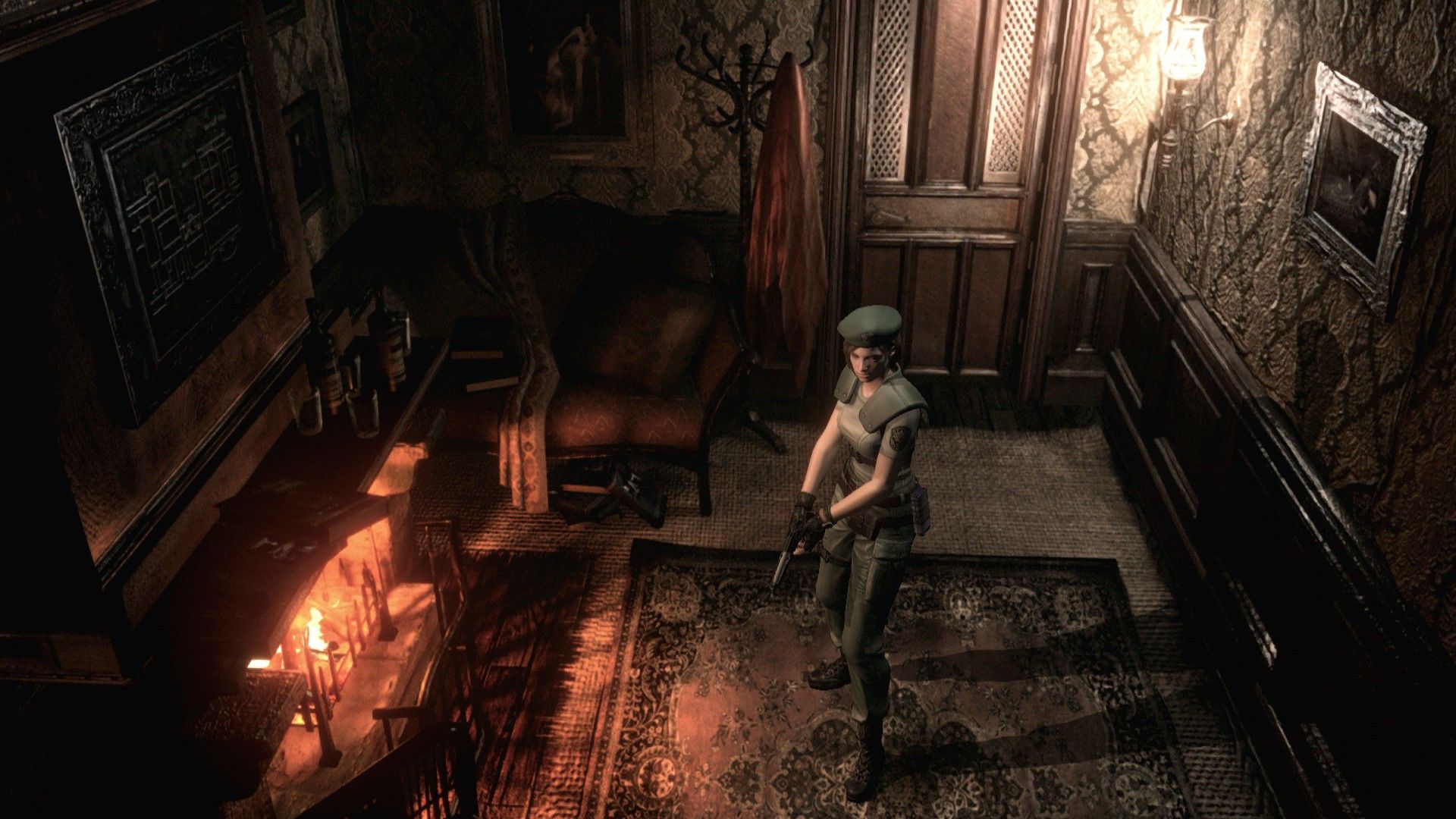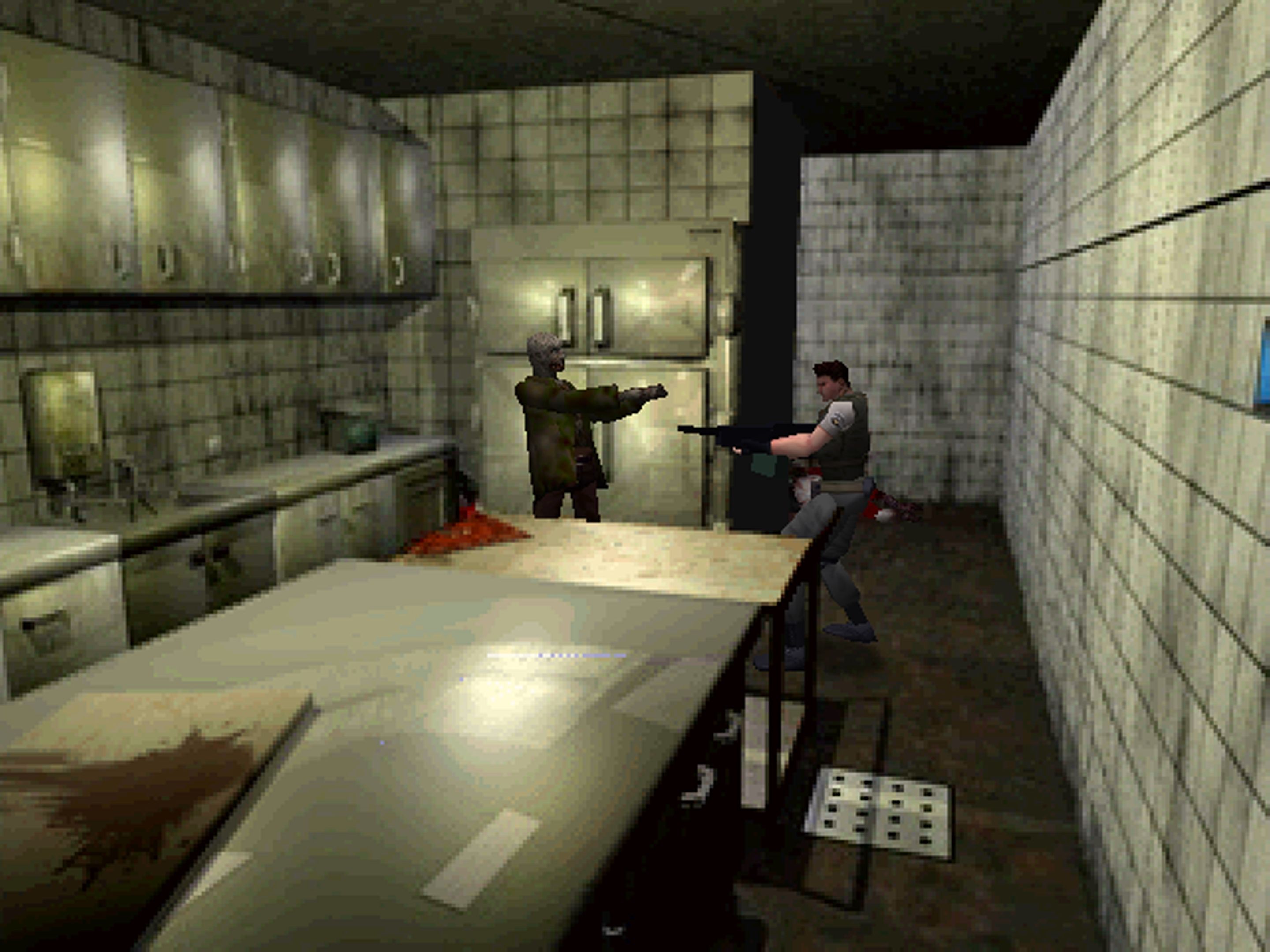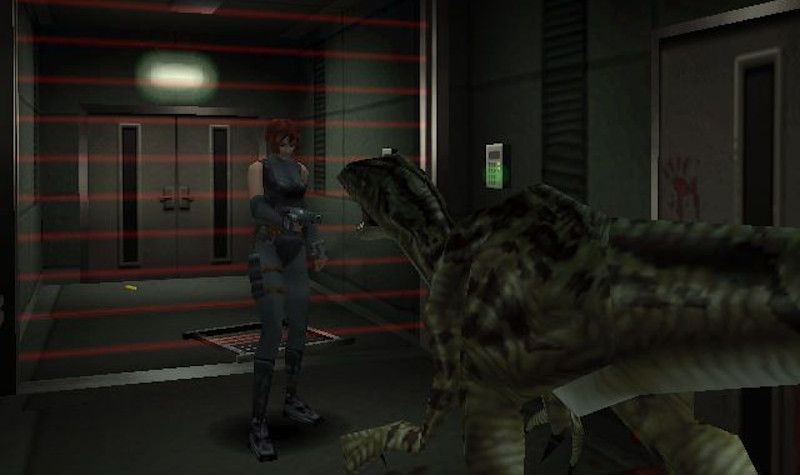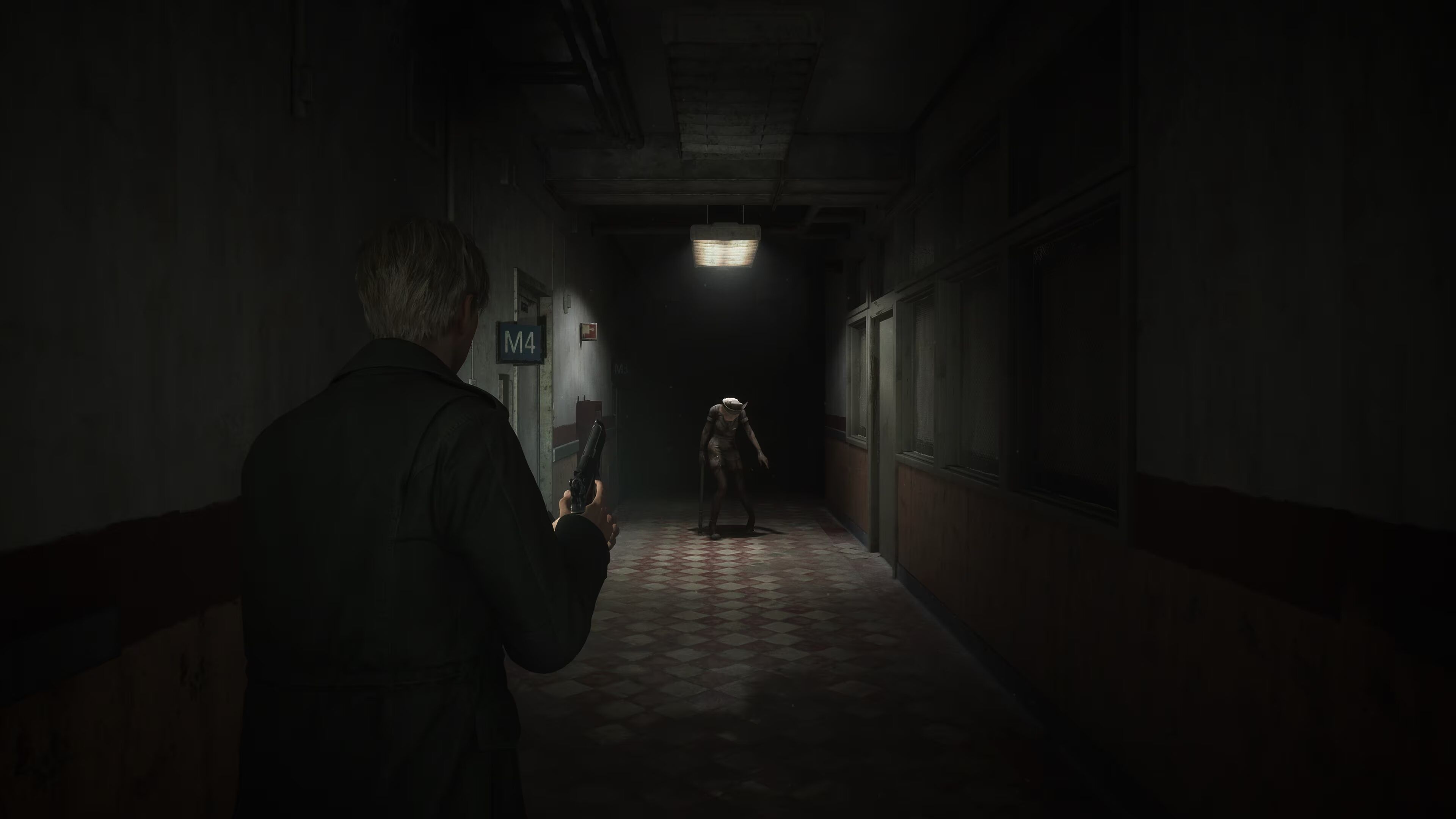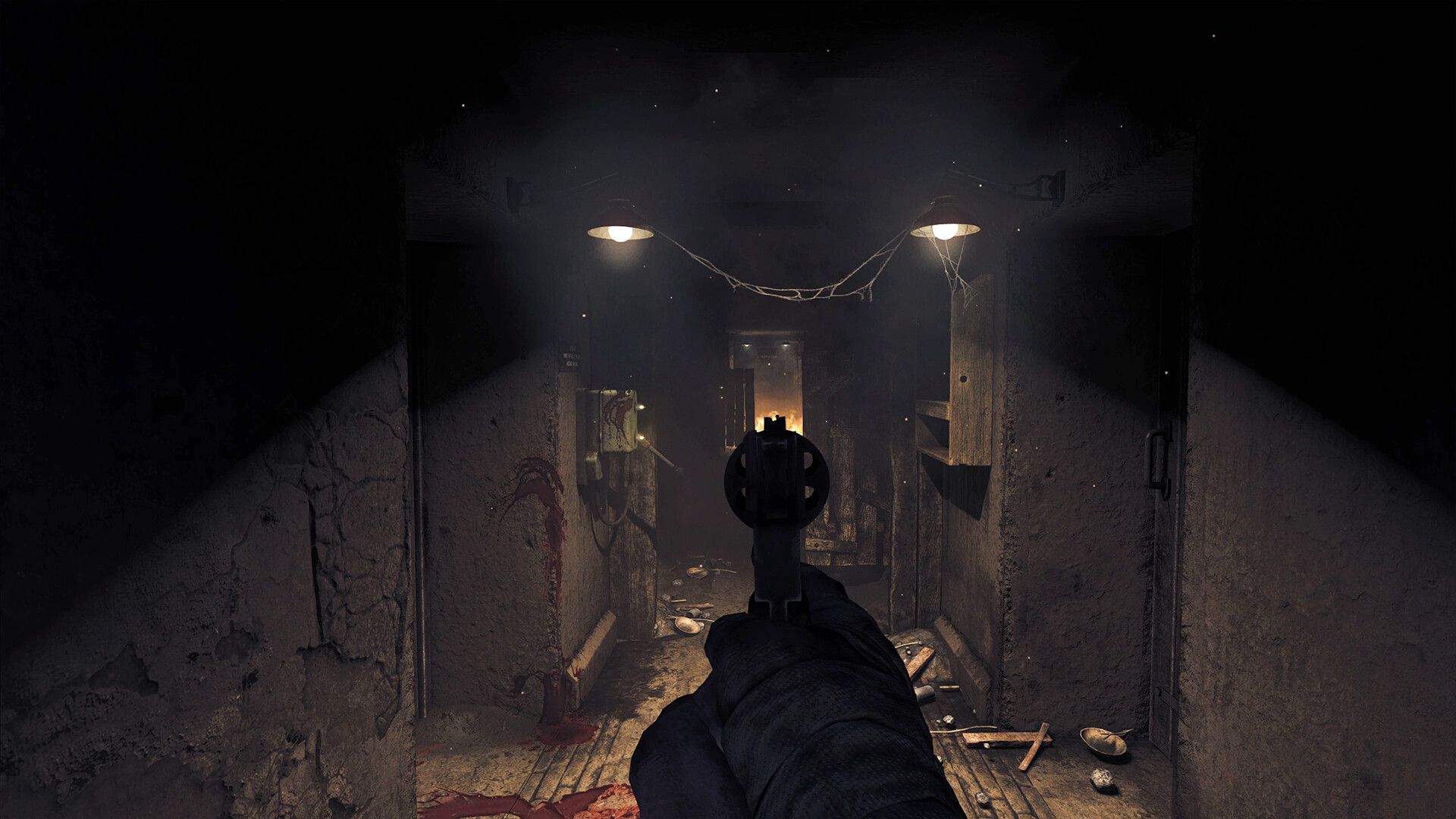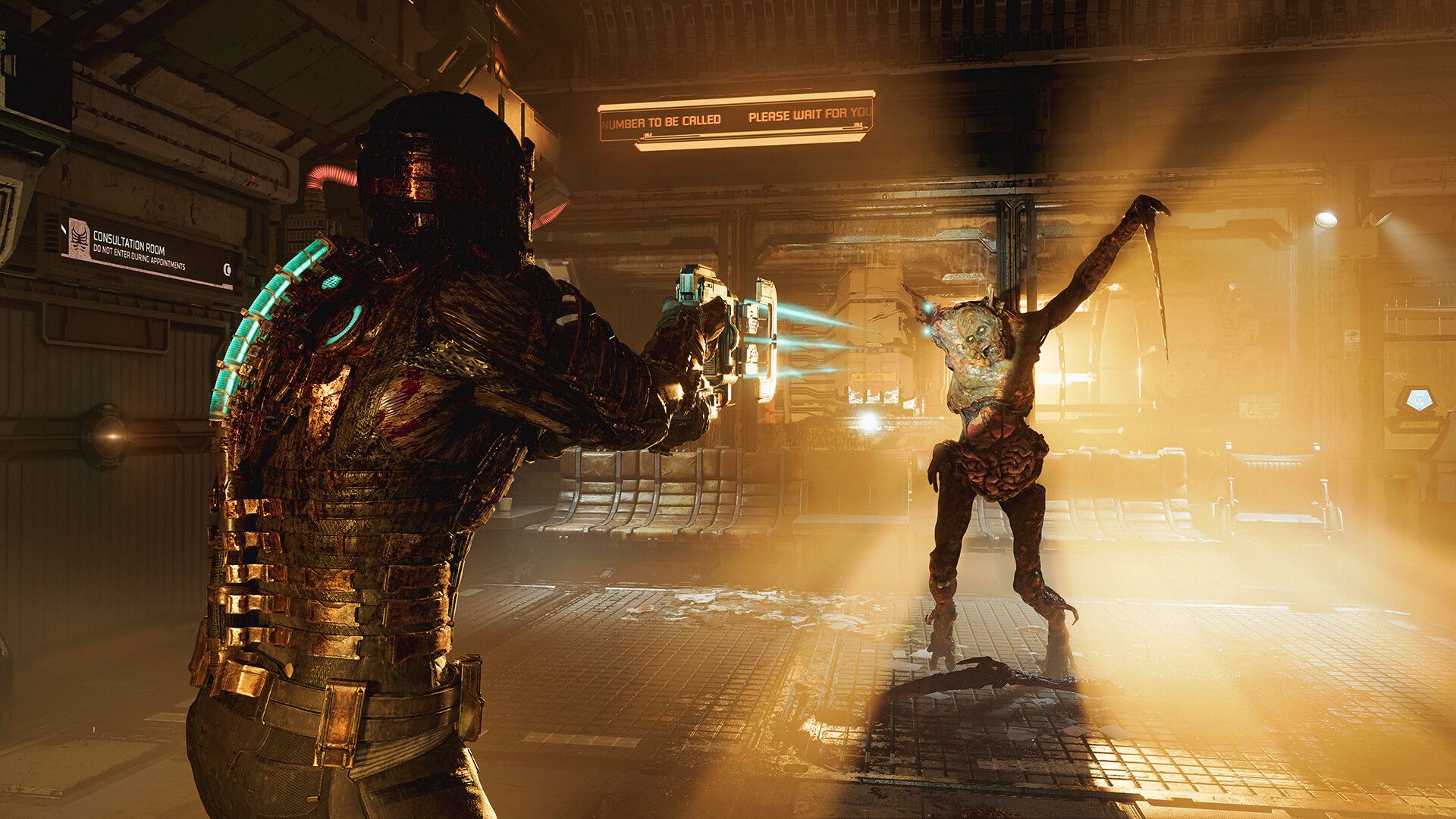Key Takeaways
- Tank controls in classic horror games were divisive but effective at creating tension.
- Modern horror games have evolved to prioritize tighter controls, allowing for more intense scares and challenges.
- Despite being abandoned by mainstream horror games, tank controls continue to be used in modern titles for nostalgic experiences.
Horror games have a long and storied history, but revisiting the classics isn’t always easy. While the tense atmospheres and unforgettable scares of older horror games have stood the test of time, the same can’t be said for their controls. However, there’s a good reason for this.
Horror Games Relied on a Necessary Evil
For anybody who grew up playing modern horror games, revisiting the horror classics of the 90s can be a challenge. You’ll likely be put off by their clunky combat, constantly shifting cameras, and—perhaps the most egregious issue—confusing controls that initially feel more frustrating than functional.
But if you give these games a fair chance, you’ll likely find that their seemingly incomprehensible control scheme is a lot better than it first seems.
Most early horror games use “tank controls”, a control scheme popularized in 1992 by Alone in the Dark and later adopted by most other survival horror games throughout the 90s. With tank controls, movement inputs are based on your character’s position rather than being relative to the camera.
Pressing up causes your character to move in the direction they’re currently facing, pressing down makes them walk backward, and holding left or right will cause them to slowly turn in the respective direction.
Essentially, the controls correspond to your character’s perspective rather than the camera’s view. Using this control scheme makes basic movement feel like you’re driving a tank rather than controlling a human being, but that’s why it was perfect for survival horror games.
Tank controls are divisive now, but they were the best option for early horror games. Before traditional third-person and first-person cameras became the standard for survival horror, most games in the genre delivered their scares through fixed-camera angles. The dynamic framing of a fixed camera adds to the tense atmosphere of many iconic horror games but also creates a problem for traditional control schemes.
Unlike most conventional cameras in video games, the constantly shifting perspective of fixed cameras also changes your sense of direction. One angle could show you moving away from the camera, but entering another area will trigger a different perspective that shows you moving in a completely different direction.
If the controls were based on the camera’s perspective, then your movement inputs would be constantly changing. Tank controls avoid this problem by keeping a consistent layout for directional inputs, preventing these sudden camera shifts from affecting the control scheme.
However, tank controls also act as your greatest weakness in horror games. When you’re forced to confront danger or run away, tank controls ensure that neither option is easy. In most games with tank controls, you can’t move while aiming your weapon, leaving you susceptible to approaching threats.
While you might be able to put down a shambling zombie, standing still is a guaranteed death sentence against faster enemies like the zombie dogs in Resident Evil or the raptors in Dino Crisis. This forces you to utilize the stiff and sluggish movement of tank controls to evade and set up for each attack.
Enemy encounters become even more stressful with the lack of precision that’s associated with tank controls. Even experienced horror fans sometimes need a moment to remember which inputs correspond to each direction, especially when the camera is frequently swapping between multiple angles.
That moment can be the difference between life and death, and the intensity of these encounters causes many players to start panicking, leading them to stumble directly into danger after accidentally pressing the wrong button.
Even when you aren’t being attacked, tank controls are still a constant source of tension. Simply sneaking around enemies can be nerve-wracking. The limitations of tank controls make your movements feel imprecise, and this imprecision is magnified as you attempt to navigate through smaller spaces. Barely slipping past an enemy in a tight corridor is always one of the scariest parts of any classic horror game—especially when you know that you’ll have to revisit that room at some point.
Old survival horror games set out to make you feel vulnerable, and tank controls contribute to that feeling more than any other part of the genre. While some players argue that they’ve aged poorly, there’s no denying that tank controls are partly responsible for some of the most terrifying moments in gaming.
It doesn’t matter if you’re armed with a shotgun or a steel pipe, the deliberate disadvantages of tank controls turn every encounter into a panic-inducing struggle. It’s a control scheme designed to ensure you’re never in full control of anything, including your own character.
Horror Games Evolved Without Tank Controls
As horror games shifted away from fixed camera angles, tank controls went from being the genre standard to a relic of the past. While Resident Evil 4 and Metroid Prime proved that tank controls could still work without fixed camera angles, most horror games had already embraced the mechanics and controls of popular shooters.
Some franchises leaned heavily into these action inspirations—much to the dismay of horror fans—but the death of tank controls led to a wave of modern horror masterpieces.
Although tank controls brought tension to older horror games, they were also a distraction for new players. Some find it hard to properly enjoy a horror game when they’re spending more time struggling with the controls rather than bathing in the story and atmosphere.
Traditional controls are not only easier to use, but also make movement feel more natural. Being able to navigate through and interact with these spaces as you would in real life makes them seem more believable (and consequentially, a lot scarier).
Similarly, tighter controls also allowed for horror games to deliver more intense scares. While tank controls make you feel slow and vulnerable, they also create limits for other aspects of a game. Enemies in older horror games needed to be balanced around your slow movement, meaning they could only be so threatening without being outright unfair.
Most modern horror games lack the restrictions of classic titles, allowing you to manually aim and move while attacking. With more power given to the players, developers don’t have to hold back on their horrors, leading to games that are far more challenging and terrifying.
A fantastic example of this is Dead Space. Unlike traditional horror game monsters, the necromorphs of Dead Space can only be defeated by targeting and removing their limbs. Despite having a large armory of guns and visceral melee attacks at your disposal, necromorphs manage to be a consistently terrifying threat due to their speed and unpredictability.
Their constant presence and terrifying encounters lead to many panic-inducing moments that have permanently cemented Dead Space and its remake in the memories of die-hard horror fans.
Dead Space is just one of many examples of the modern survival horror design philosophy. The genre stopped relying on awkward controls and unpolished combat to deliver its scares. Instead, the modern horror genre has thrived solely through the strength of its striking visuals and immersive scares.
Not every modern horror game is perfect, but the best ones convince you to believe that horror has no limits and that anything can be hidden around the corner.
Taking Control of Timeless Terrors
Despite their issues, tank controls aren’t inherently bad. Most survival horror games from the 90s are still scary, and that’s largely because tank controls were incredibly effective at creating tension and terror.
Recent 90s-inspired survival horror games like Tormented Souls and Crow Country have continued to utilize tank controls to deliver similarly frightening experiences, proving that this style of horror hasn’t lost its edge. Mainstream horror games may have abandoned tank controls years ago, but the divisive feature remains a staple of the genre.

